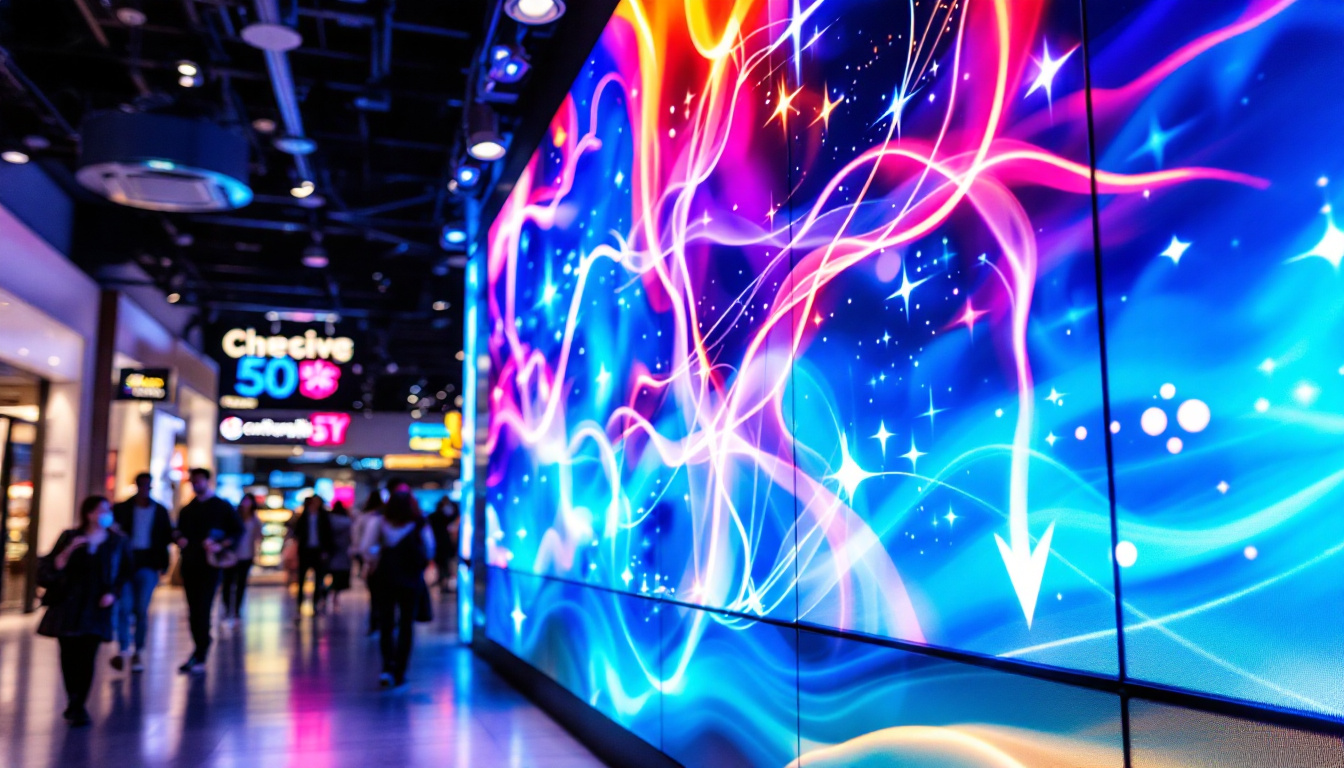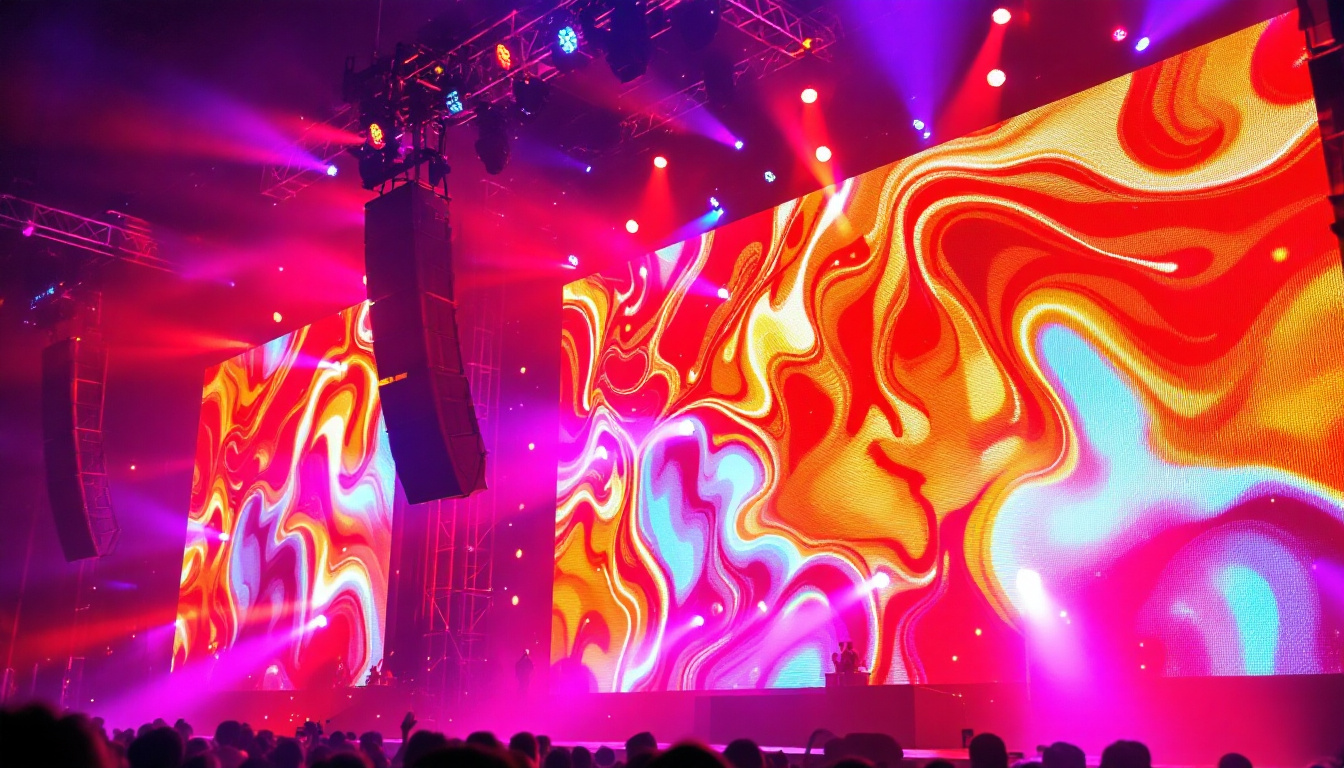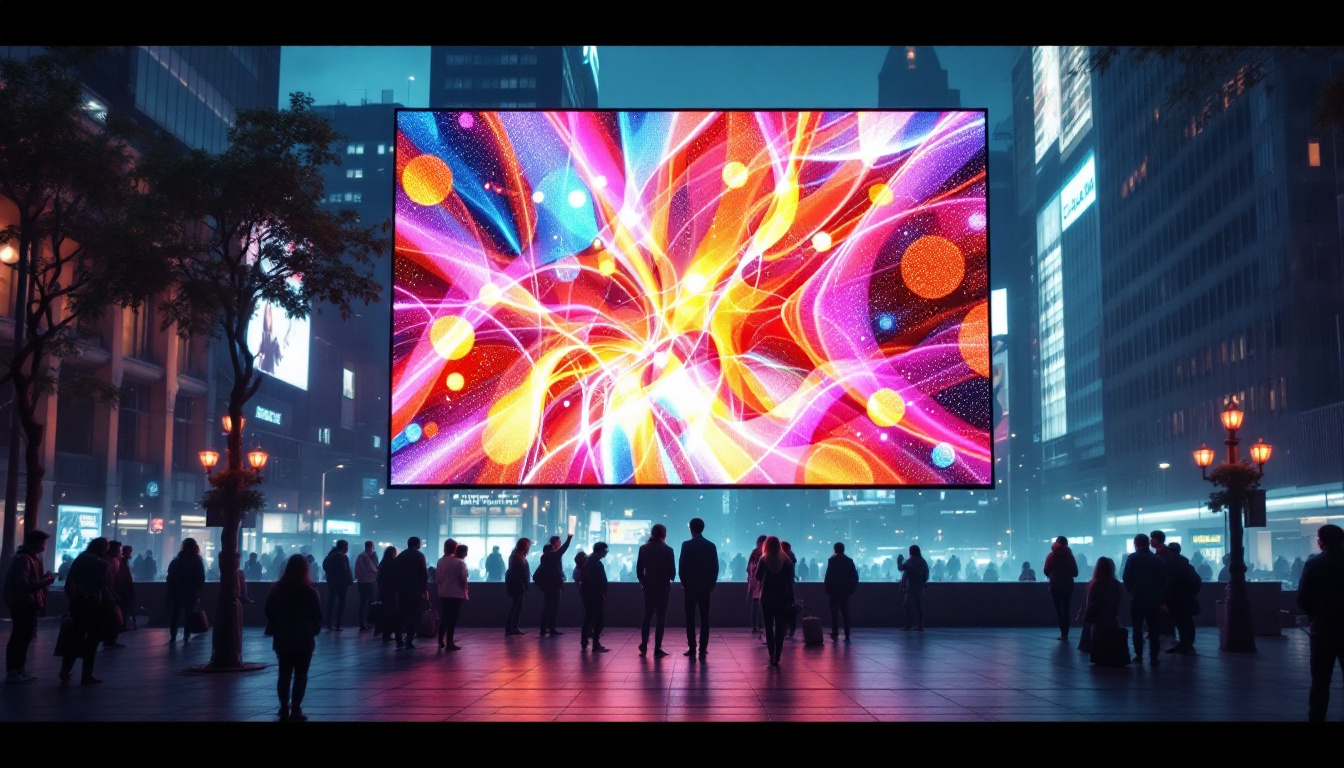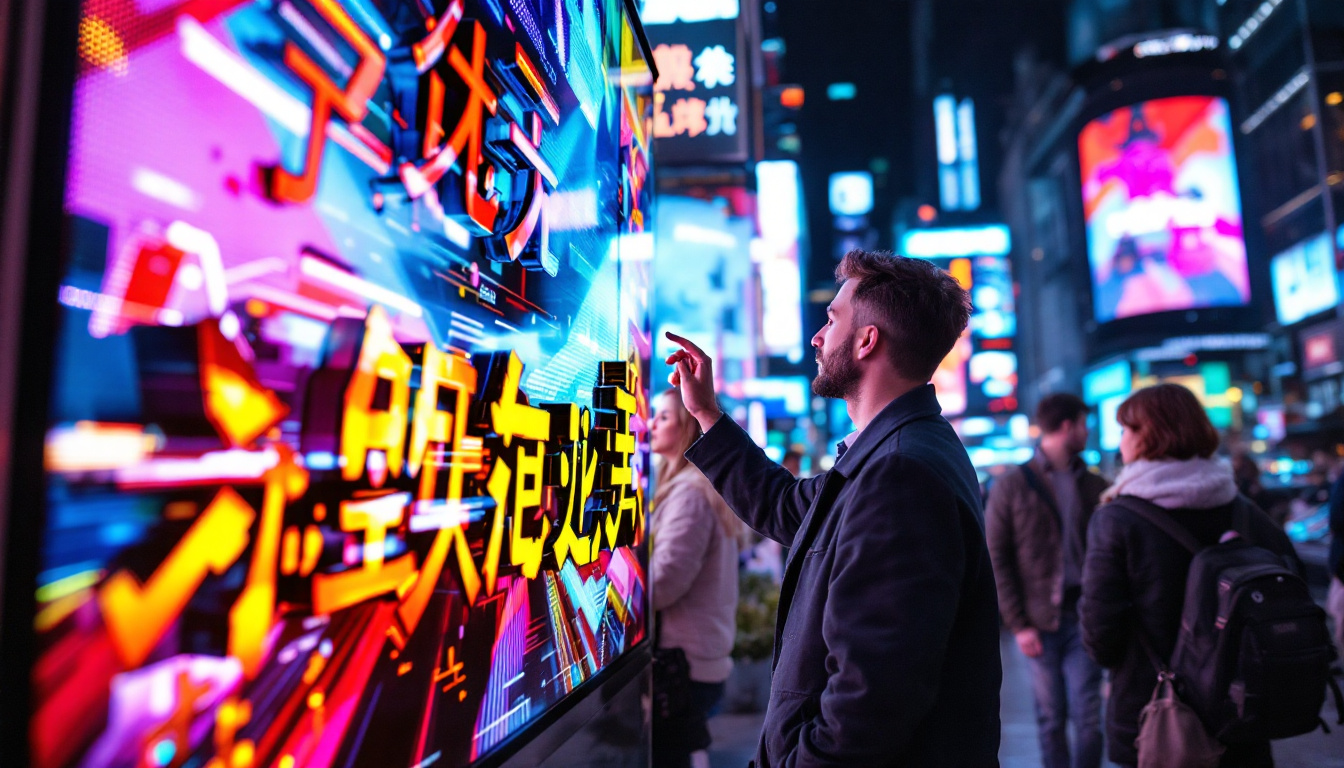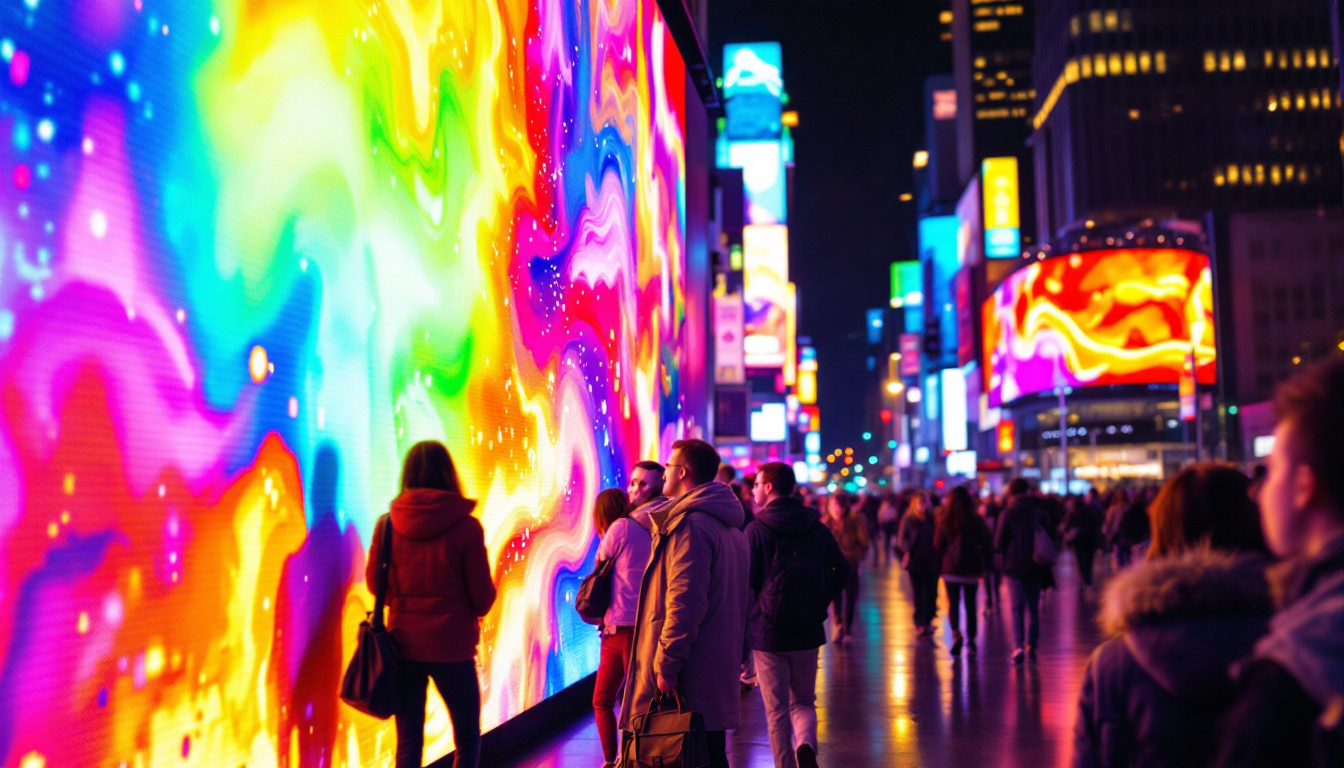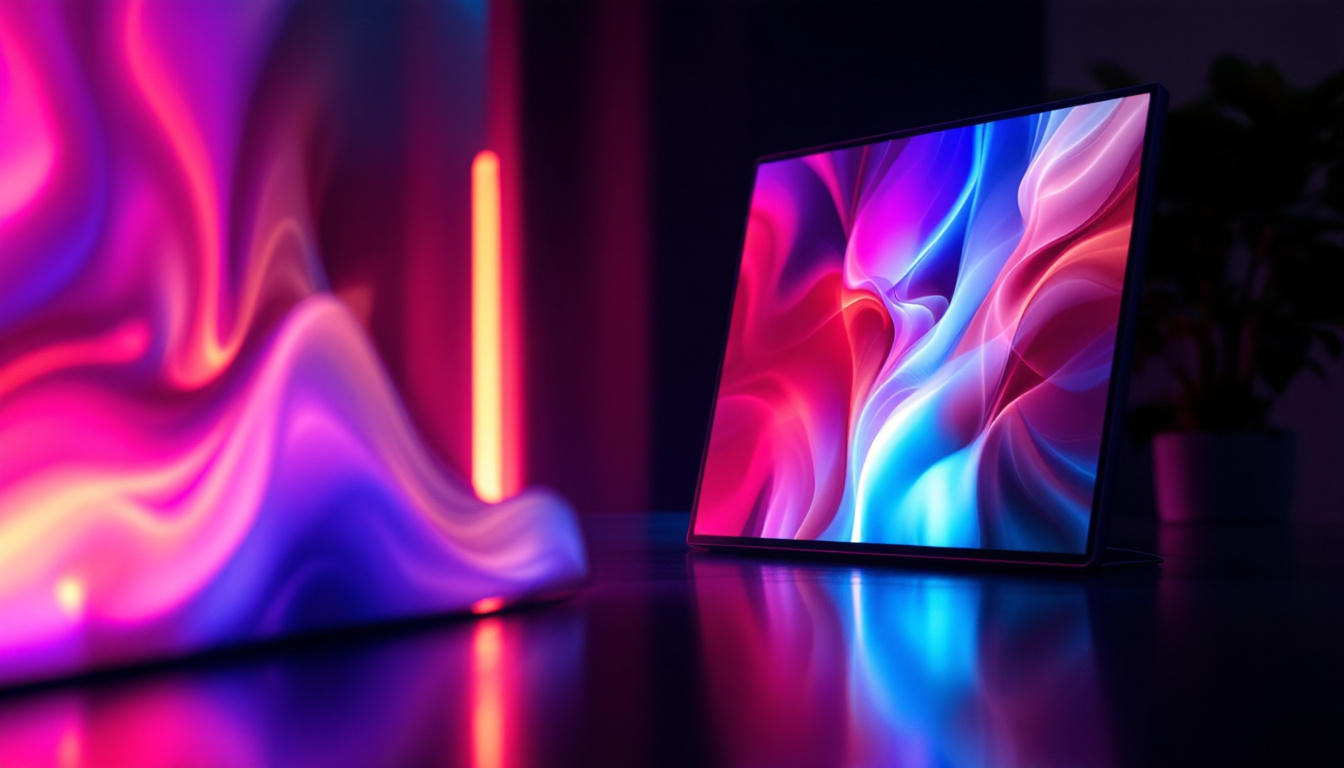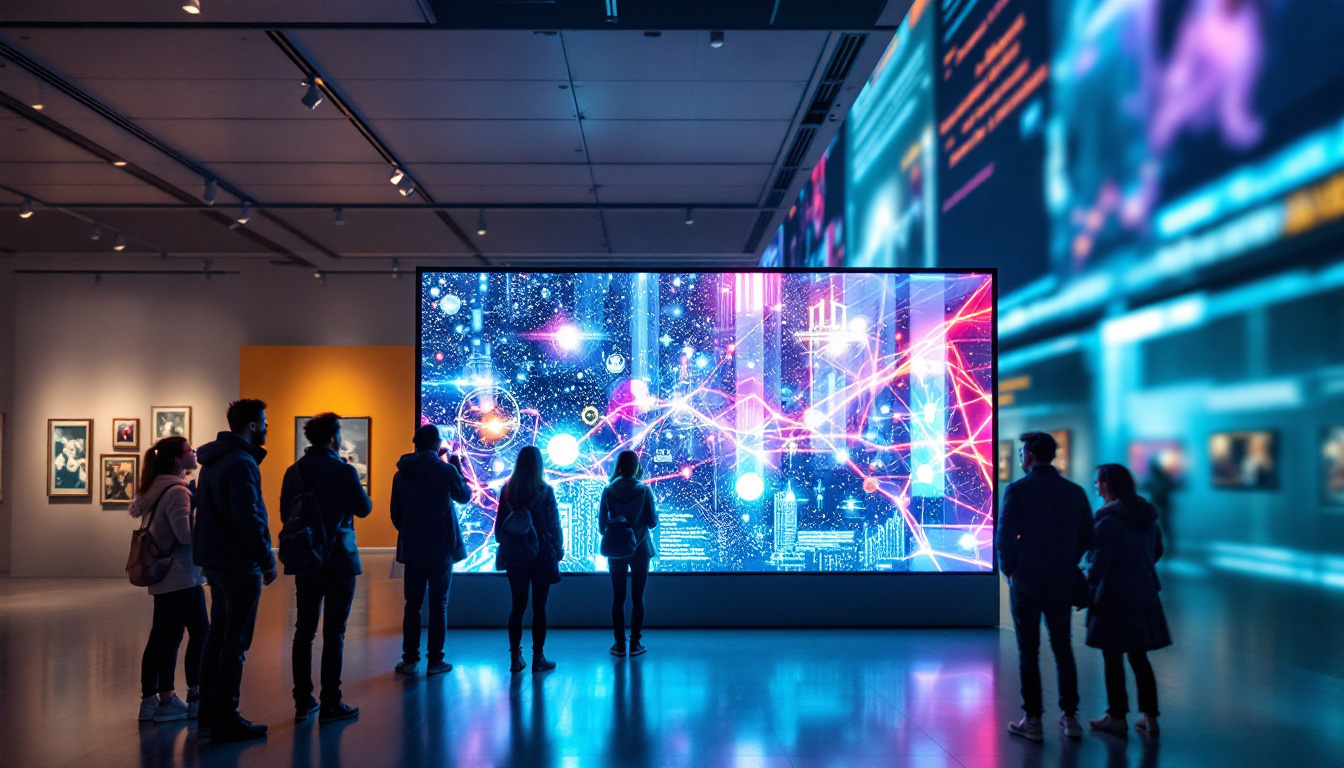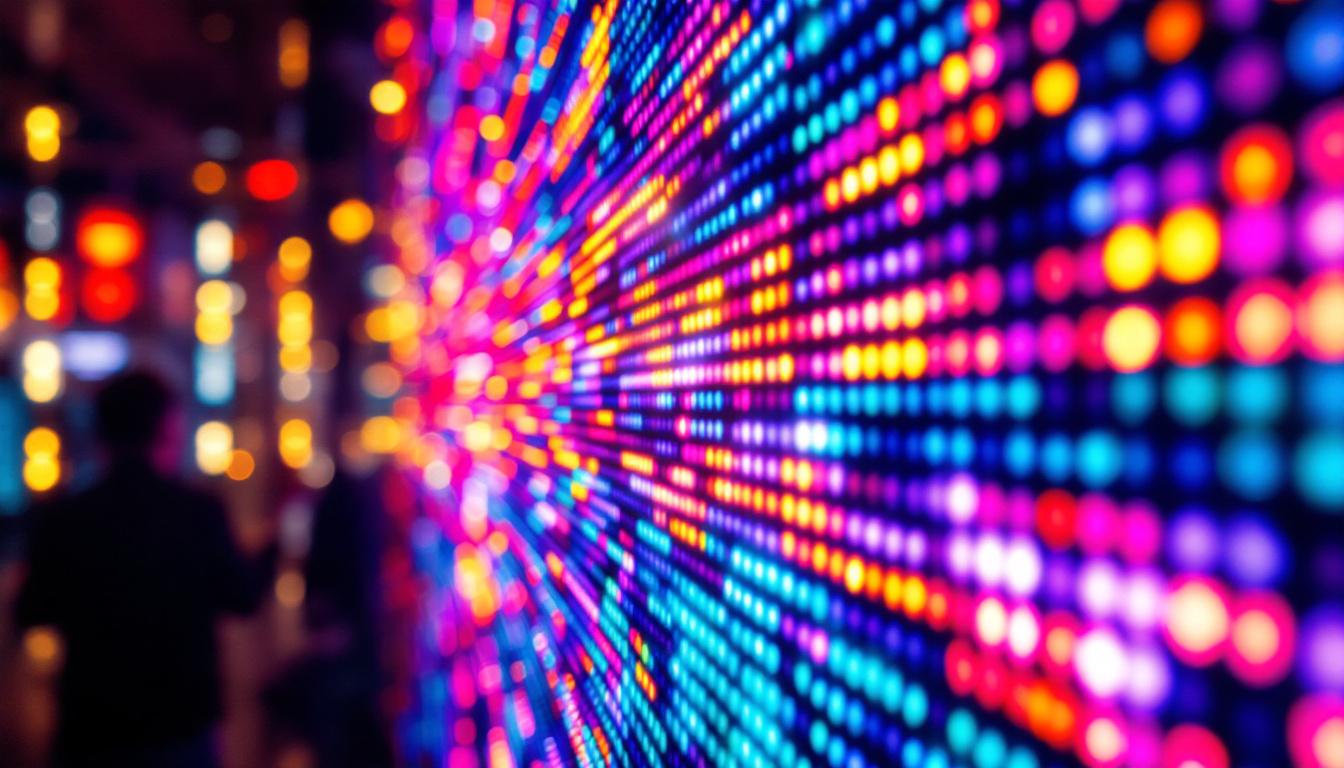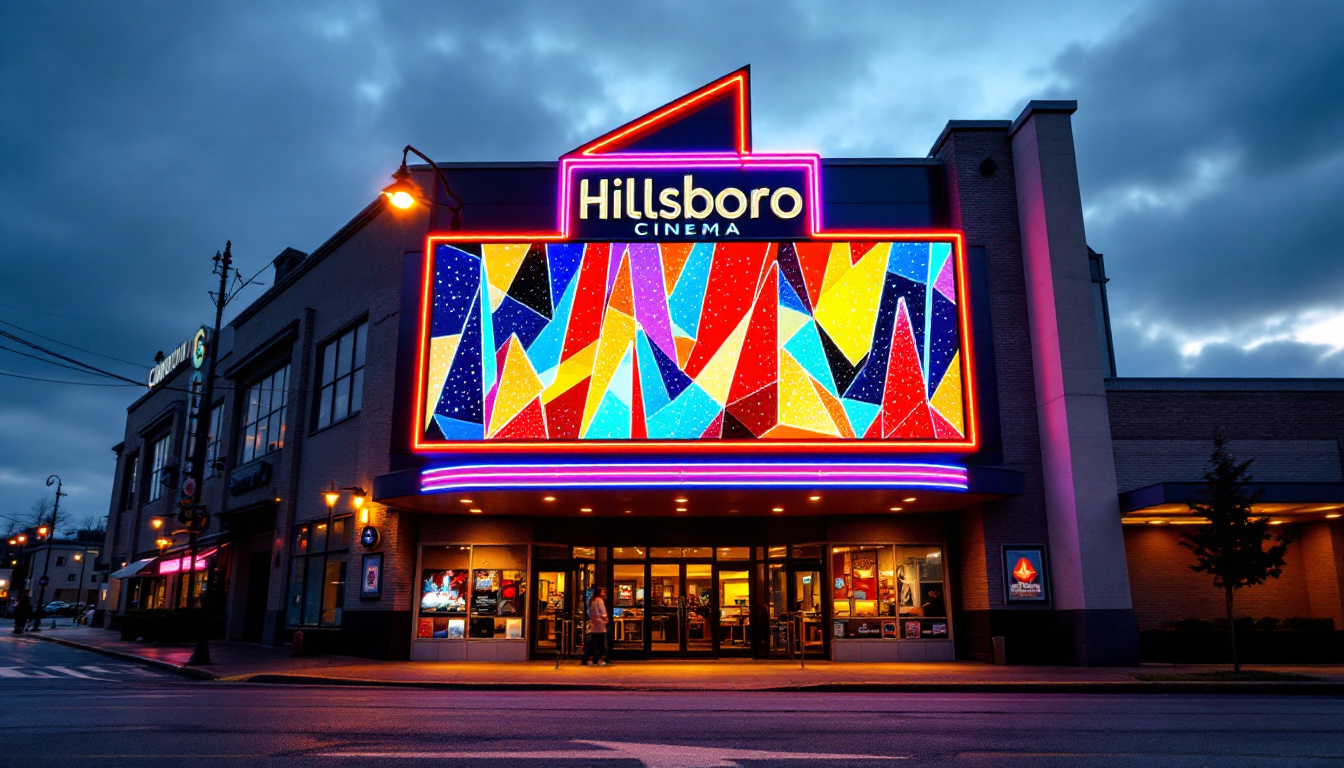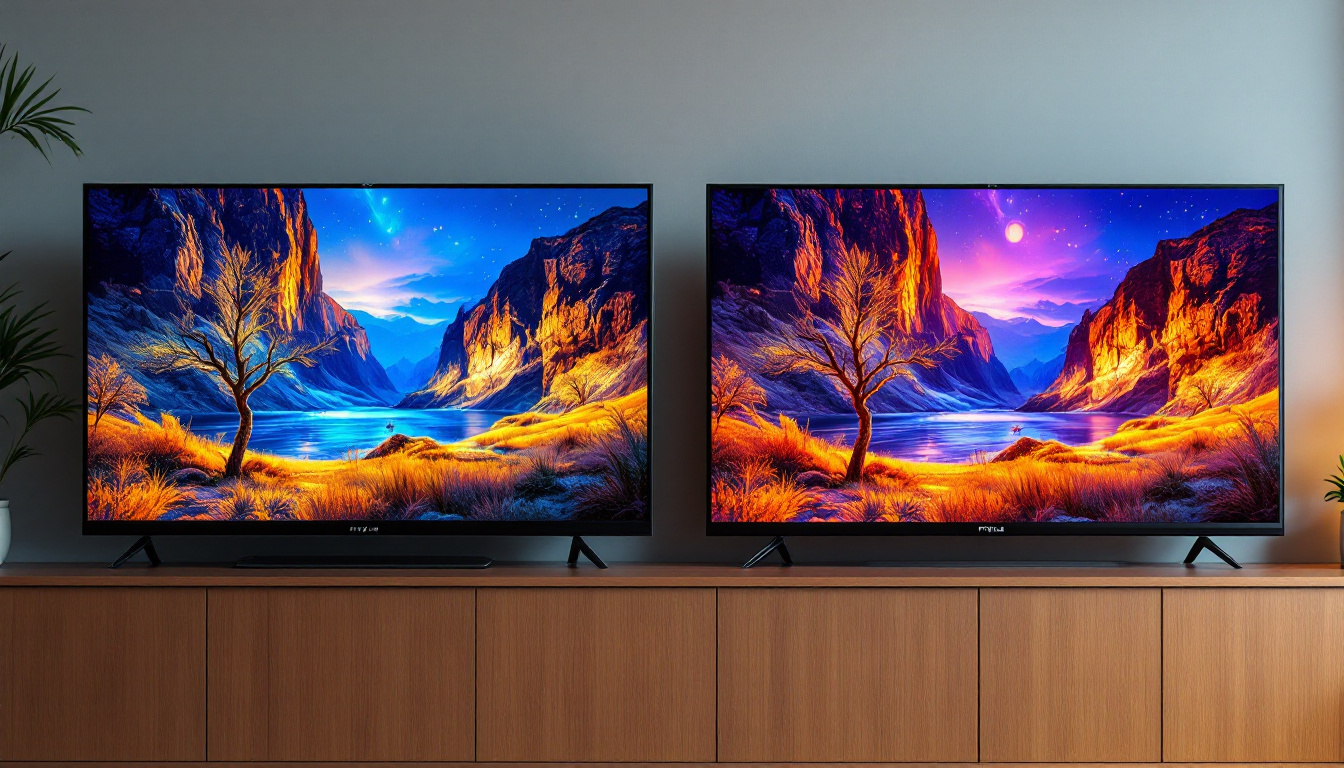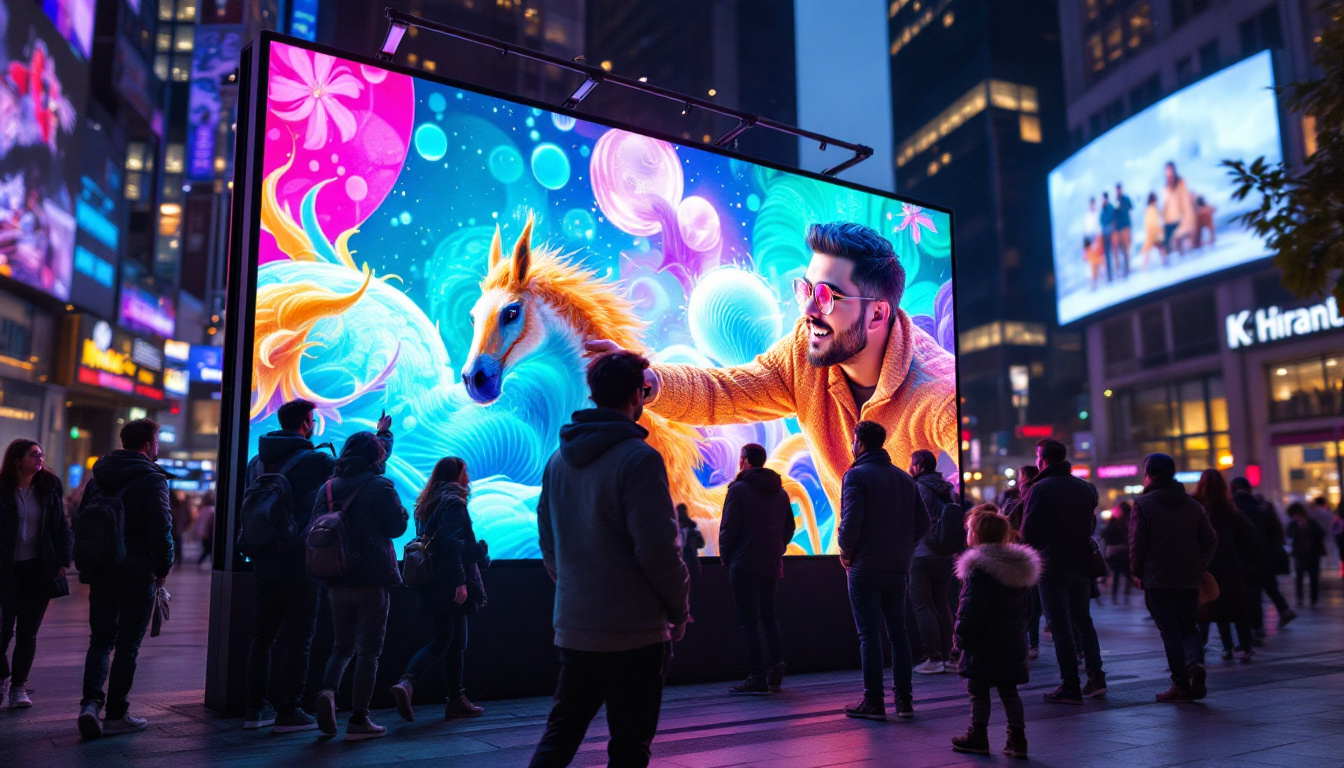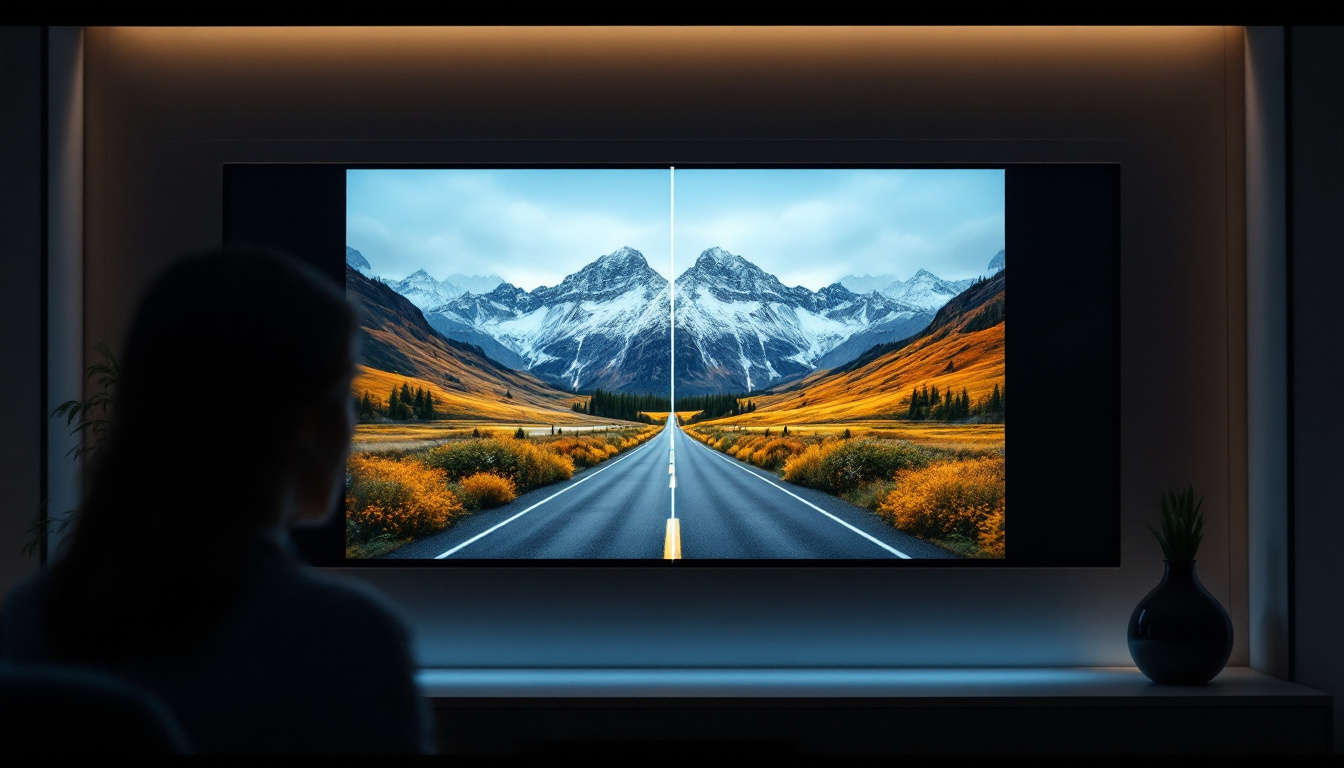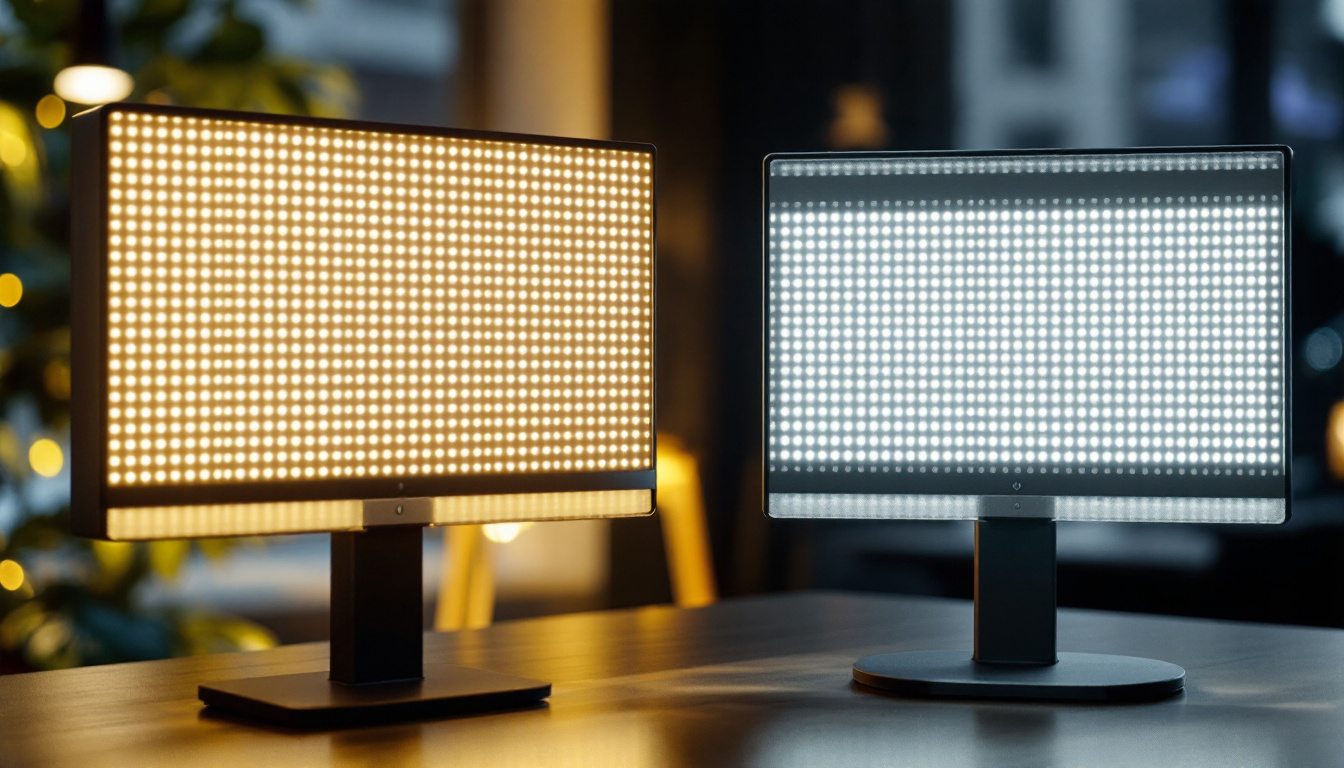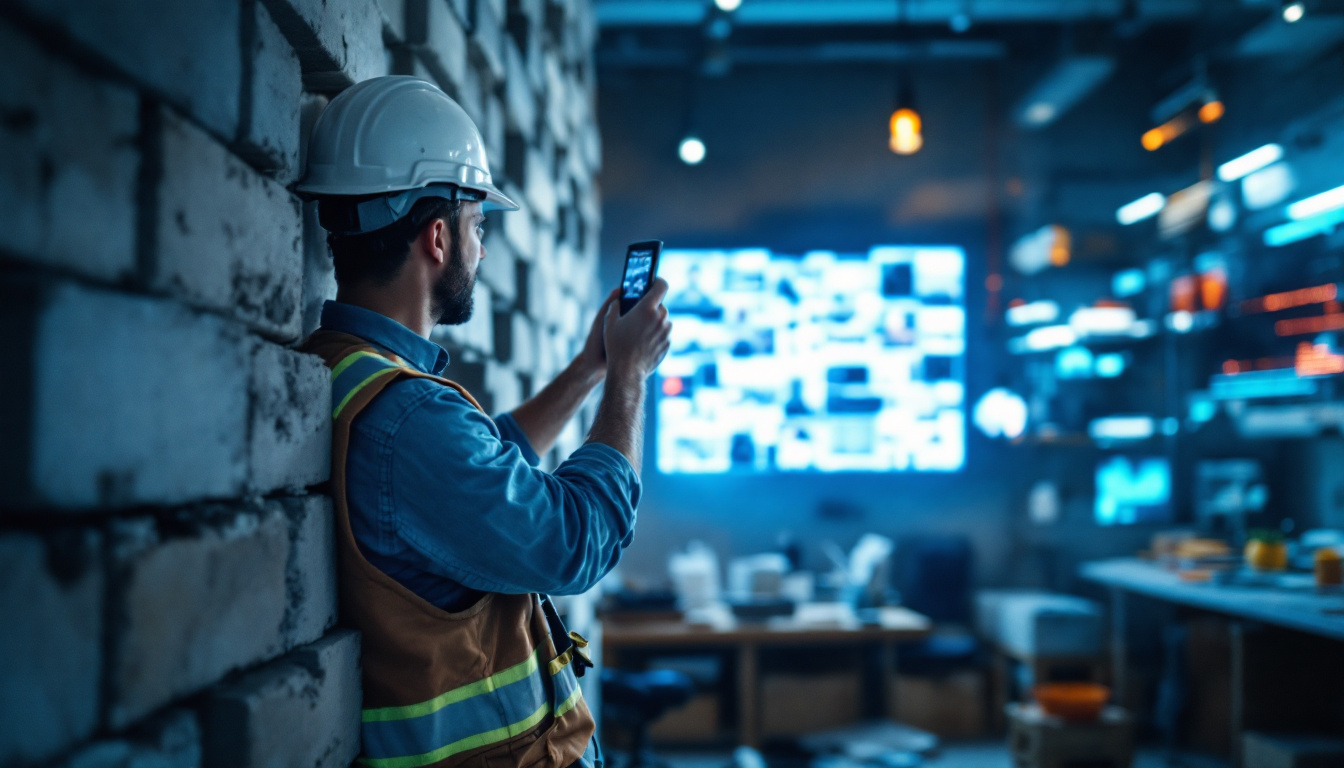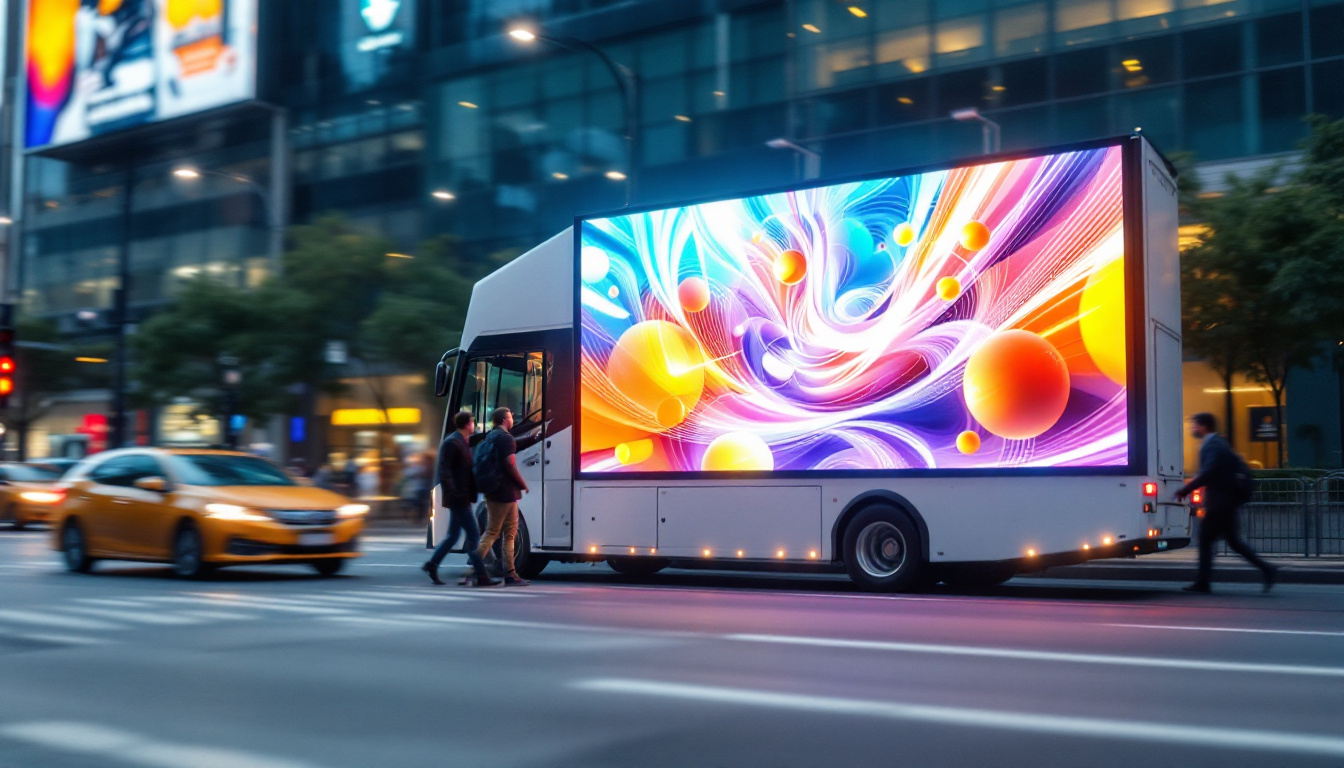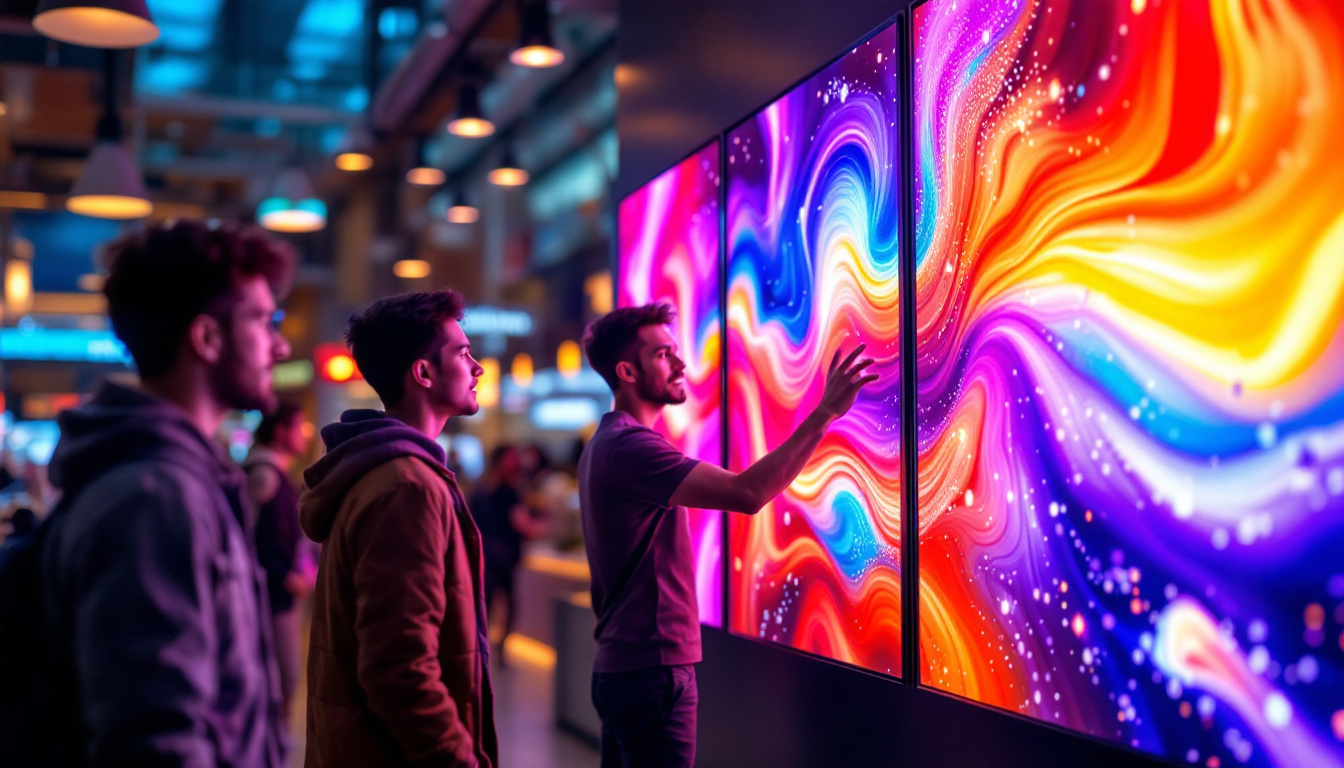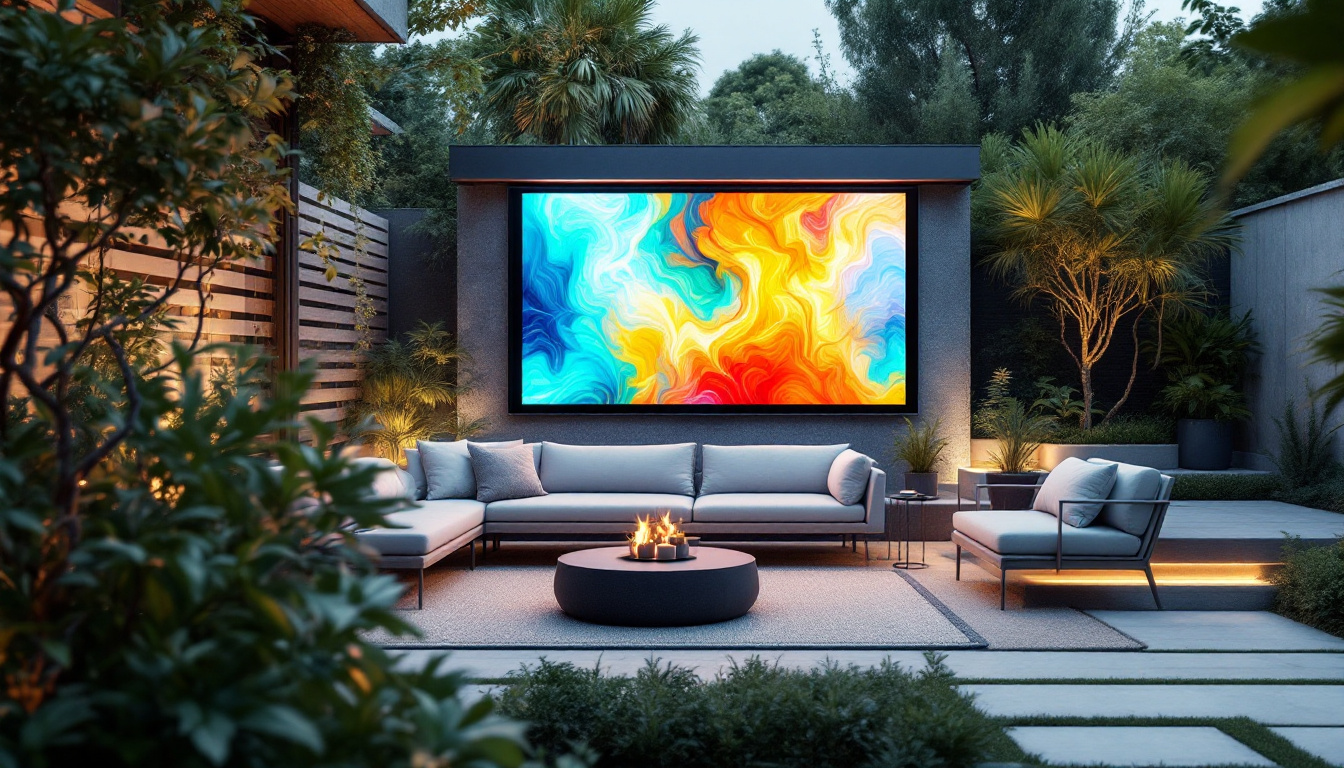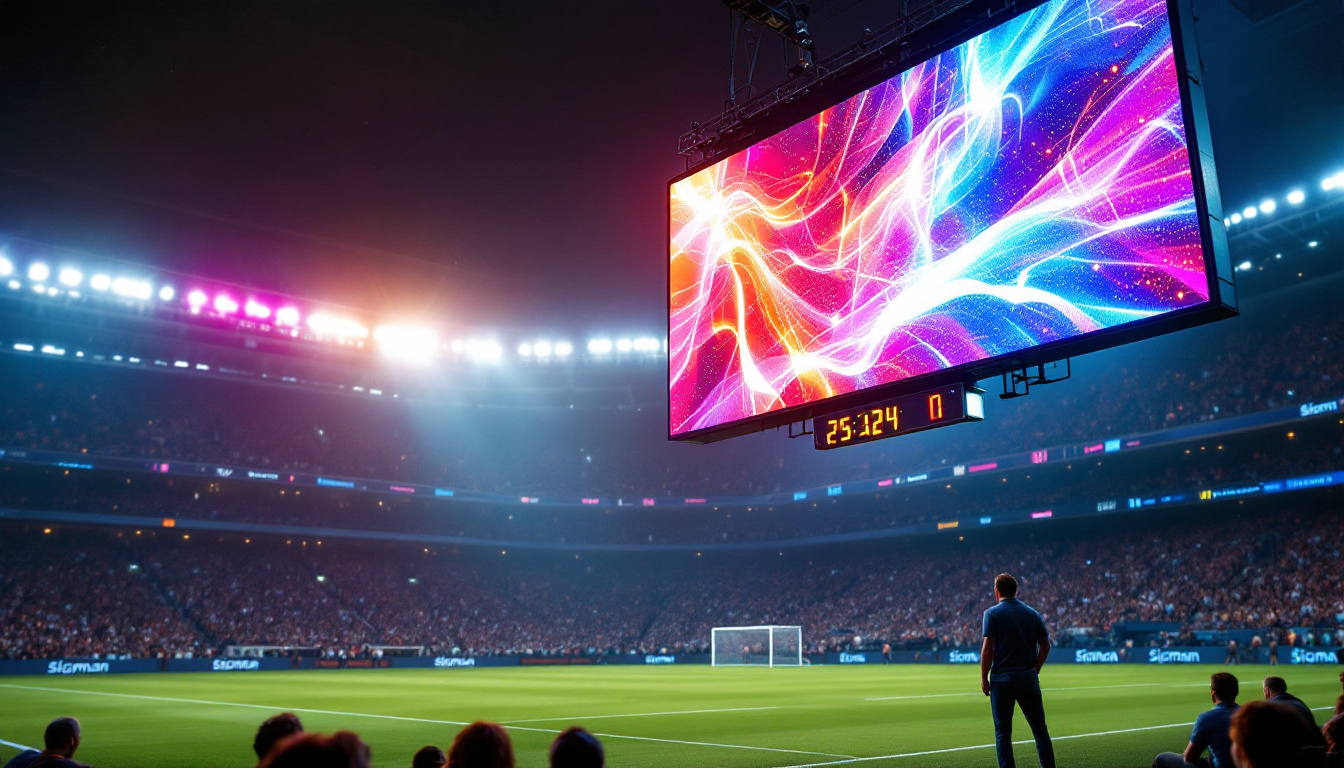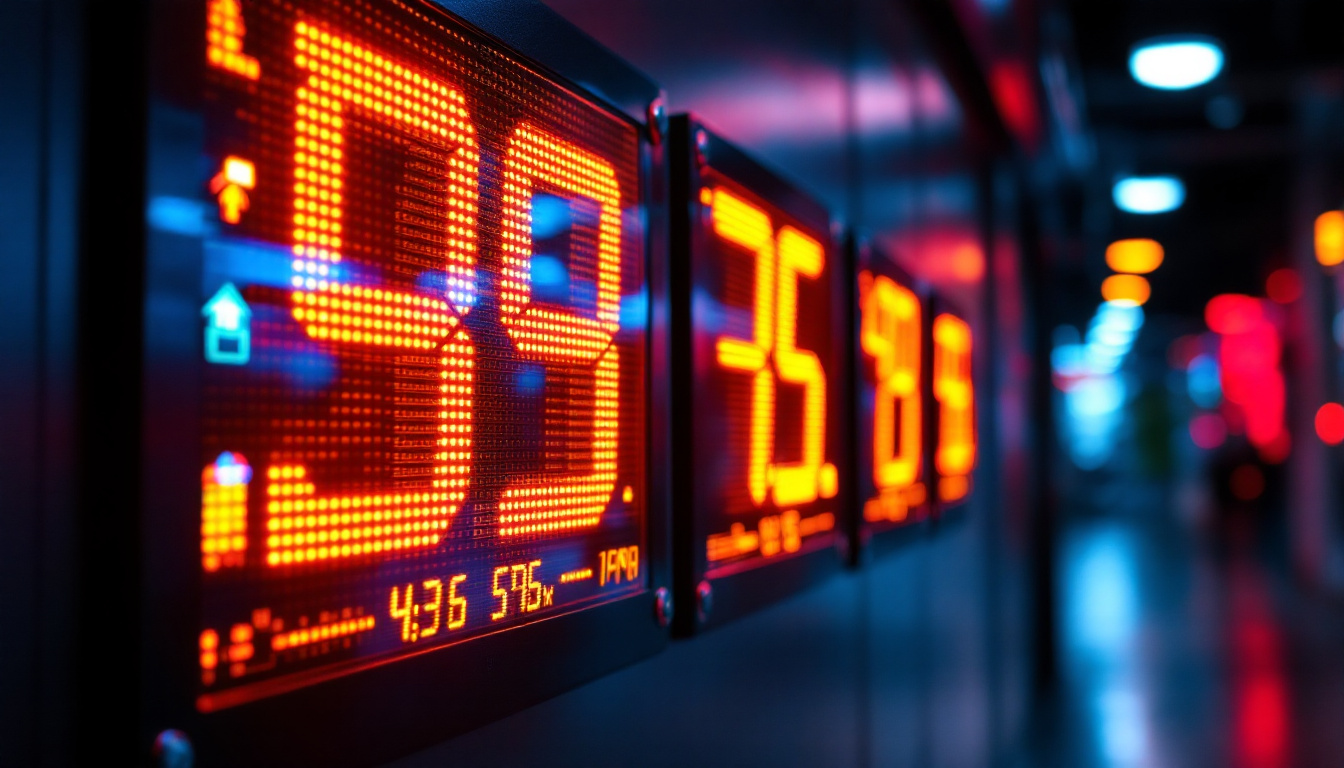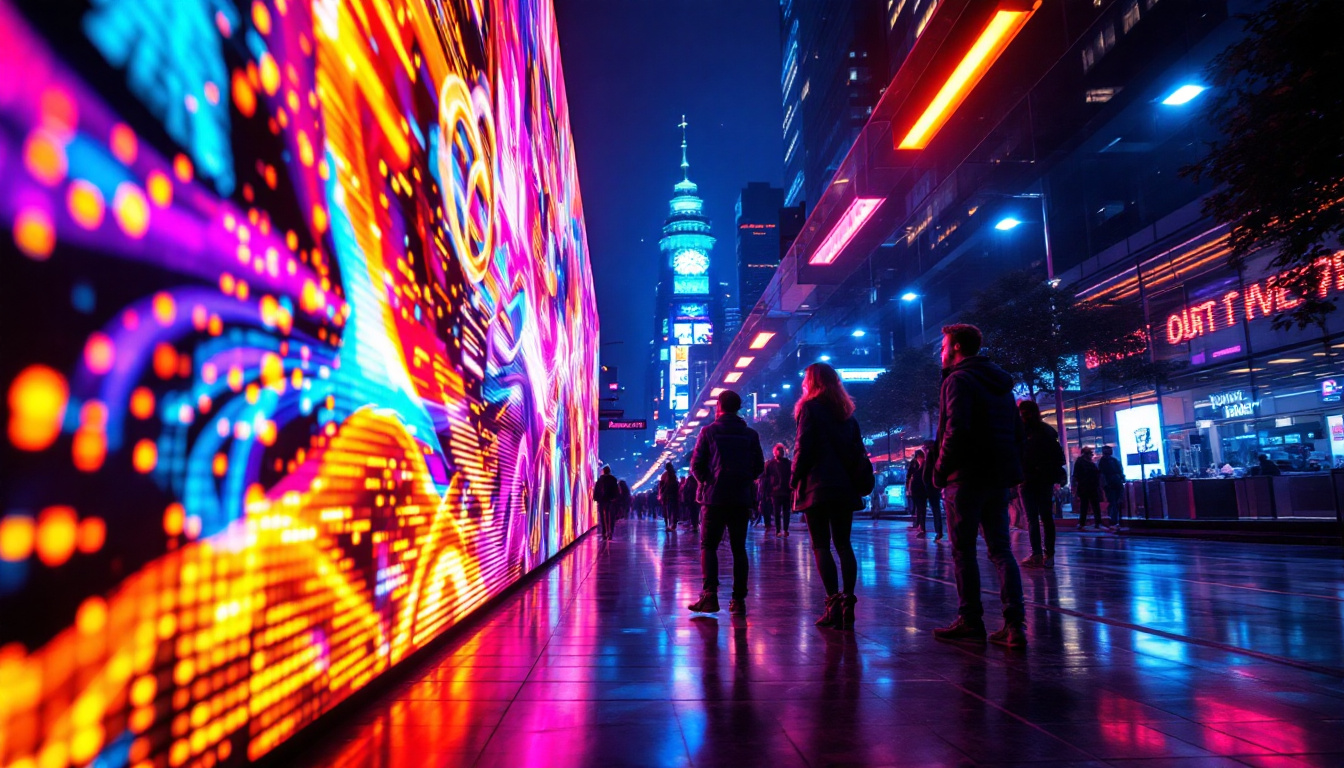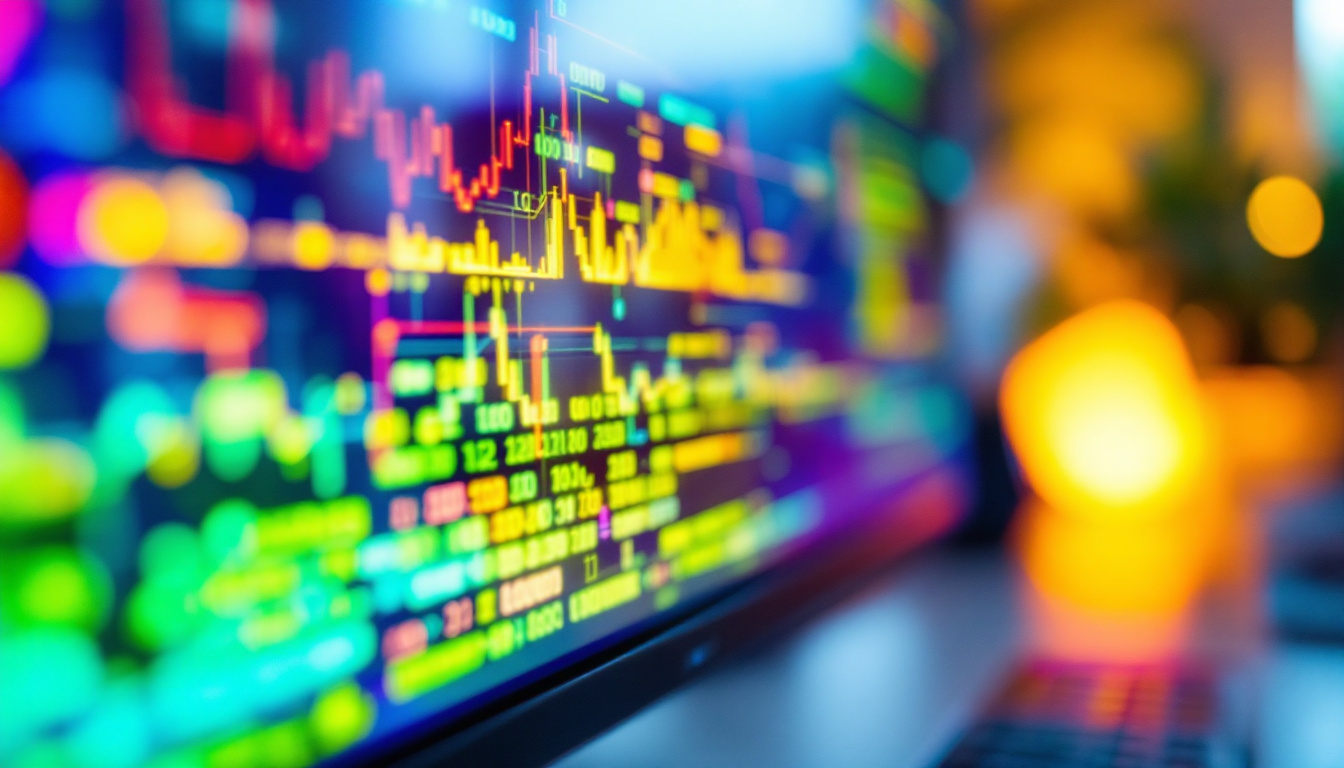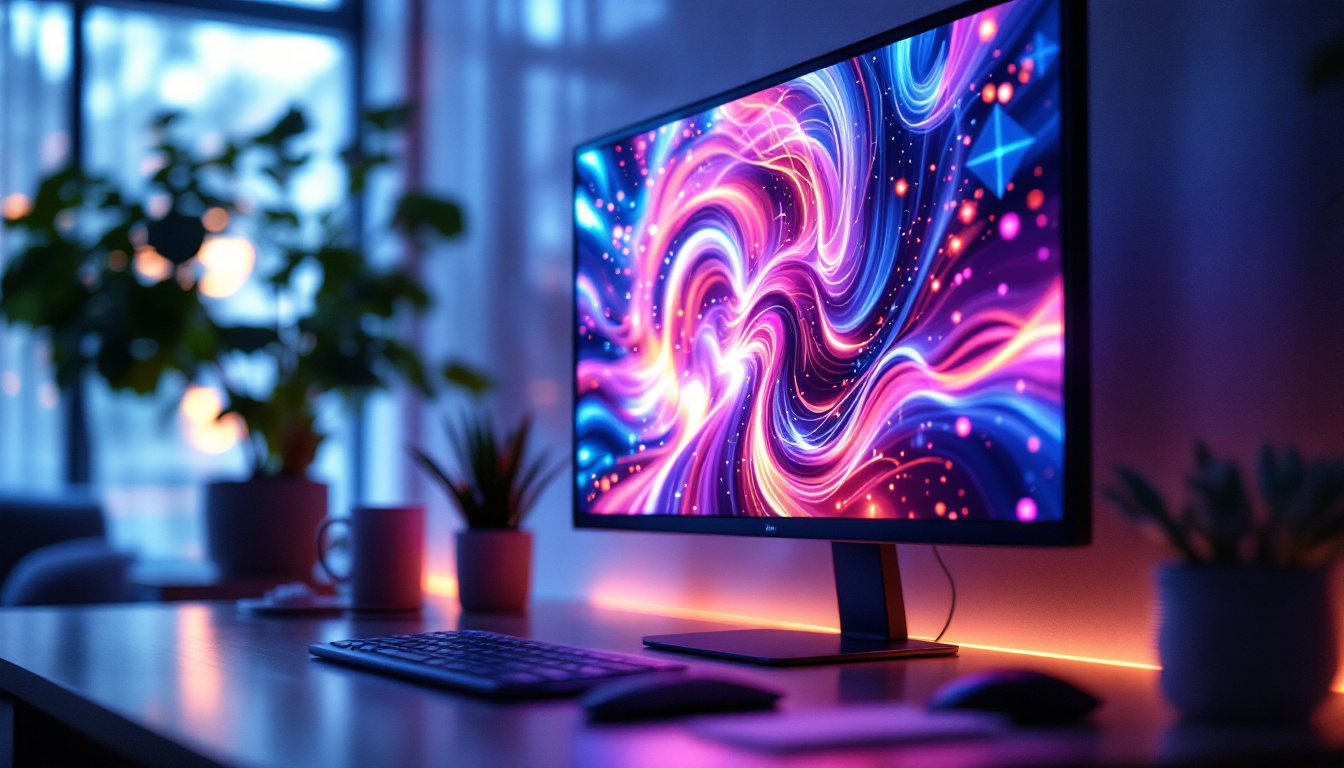In the ever-evolving landscape of retail, effective communication with customers is paramount. One of the most impactful ways to achieve this is through retail signage displays. Among the various types of signage, LED displays have emerged as a powerful tool for attracting attention and conveying messages. This article delves into the intricacies of LED displays, exploring their benefits, applications, and future trends in the retail sector.
Understanding LED Displays
LED displays, or Light Emitting Diode displays, utilize semiconductor technology to produce light. These displays are known for their vibrant colors, high brightness, and energy efficiency, making them ideal for retail environments where visibility is crucial. The ability to capture attention quickly is paramount in a competitive market, and LED displays excel in this regard, often becoming the focal point of a store’s visual merchandising strategy.
How LED Displays Work
At the core of an LED display are tiny diodes that emit light when an electric current passes through them. These diodes are arranged in a grid format, allowing for the creation of images, videos, and text. The brightness and color of the display can be adjusted based on the content being shown, enabling retailers to create dynamic and eye-catching visuals. This adaptability not only enhances customer engagement but also allows for real-time updates, which can be particularly beneficial during sales events or seasonal promotions.
LED displays can be categorized into two main types: direct view and backlit. Direct view displays are made up of individual LED modules that form the entire screen, while backlit displays use LEDs to illuminate a liquid crystal display (LCD) panel. Each type has its own advantages, depending on the specific application in a retail setting. For instance, direct view displays are often preferred for large outdoor advertising due to their superior brightness and visibility from long distances, while backlit displays are commonly used in indoor settings where a more subtle illumination is desired.
Types of LED Displays
Retailers can choose from various types of LED displays based on their needs. Common types include:
- Indoor LED Displays: Typically used for advertising promotions, product information, and wayfinding within stores. These displays can be strategically placed to guide customers through the store, enhancing their shopping experience.
- Outdoor LED Displays: Designed to withstand weather conditions, these displays are often used for storefront advertising and attracting foot traffic. Their high brightness levels ensure that messages remain visible even in direct sunlight, making them an effective tool for outdoor marketing.
- digital price tags: These small LED displays can be attached to products, providing real-time pricing and promotional information. This technology not only streamlines the pricing process but also allows retailers to adjust prices instantly, responding to market changes or inventory levels without the need for manual updates.
Moreover, the integration of smart technology into LED displays has opened up new avenues for retailers. With the ability to connect to the internet, these displays can be programmed to change content based on time of day, customer demographics, or even weather conditions. For example, a display could showcase winter apparel during colder months while promoting summer gear as the seasons change. This level of customization not only enhances the relevance of the advertising but also significantly boosts the likelihood of conversion by delivering timely and appealing messages to consumers.
The Benefits of LED Displays in Retail
LED displays offer numerous advantages that make them a preferred choice for retailers looking to enhance their signage. From increased visibility to cost-effectiveness, the benefits are compelling.
Enhanced Visibility
One of the most significant advantages of LED displays is their ability to stand out in a crowded retail environment. The brightness of LED screens ensures that messages are visible even in direct sunlight, making them ideal for outdoor use. Additionally, the vibrant colors and high contrast ratios help capture the attention of potential customers, drawing them into the store. This heightened visibility not only attracts foot traffic but also enhances brand recognition, as customers are more likely to remember a striking display that caught their eye. Moreover, the ability to incorporate animations and video content can further engage passersby, creating an interactive experience that static signs simply cannot provide.
Cost-Effectiveness
While the initial investment in LED technology can be higher than traditional signage, the long-term savings are substantial. LED displays consume significantly less energy than their incandescent or fluorescent counterparts, leading to lower electricity bills. Furthermore, their longevity—often lasting up to 100,000 hours—reduces the frequency of replacements and maintenance costs. This durability means that retailers can allocate their resources more efficiently, investing in other areas of their business. Additionally, the reduced environmental impact of LED technology, due to lower energy consumption and fewer materials needed for replacements, aligns with the growing consumer preference for sustainable practices, further enhancing a brand’s reputation.
Dynamic Content and Flexibility
Unlike static signs, LED displays allow retailers to change content easily and quickly. This flexibility enables businesses to update promotions, seasonal messages, or product highlights in real-time. Retailers can also use scheduling software to automate content changes, ensuring that the right message is delivered at the right time. This capability is particularly beneficial during peak shopping seasons or special events, where timely communication can significantly influence purchasing decisions. Furthermore, the integration of social media feeds or live updates can create a sense of community and urgency, encouraging customers to engage with the brand both in-store and online. By leveraging the dynamic nature of LED displays, retailers can foster a more interactive shopping experience that resonates with today’s tech-savvy consumers.
Applications of LED Displays in Retail
The versatility of LED displays allows for a wide range of applications in retail settings. From advertising to enhancing customer experience, these displays can serve multiple purposes.
Advertising and Promotions
LED displays are a powerful tool for advertising products and promotions. Retailers can showcase special offers, new arrivals, or limited-time discounts through eye-catching animations and videos. This dynamic approach not only attracts attention but also encourages impulse purchases, driving sales and increasing revenue.
Wayfinding and Information
In larger retail spaces, LED displays can serve as wayfinding tools, helping customers navigate the store efficiently. Interactive displays can provide directions to specific departments or highlight ongoing promotions. Additionally, they can be used to communicate important information, such as store hours or upcoming events, enhancing the overall shopping experience.
Customer Engagement
Engaging customers is vital in today’s competitive retail landscape. LED displays can facilitate interactive experiences, such as touchscreens that allow customers to browse products or access additional information. By integrating social media feeds or user-generated content, retailers can create a sense of community and encourage customer participation.
Challenges and Considerations
While LED displays offer numerous benefits, there are also challenges and considerations that retailers must address when implementing this technology.
Initial Investment
The upfront cost of purchasing and installing LED displays can be a barrier for some retailers, especially small businesses. However, it is essential to consider the long-term savings and potential return on investment that these displays can provide. Retailers should conduct a cost-benefit analysis to determine if LED displays align with their business goals.
Content Management
Effective content management is crucial for maximizing the impact of LED displays. Retailers must invest time and resources into creating engaging content that resonates with their target audience. Additionally, having a robust content management system in place is essential for scheduling and updating displays efficiently.
Maintenance and Technical Support
Although LED displays are known for their durability, they still require regular maintenance to ensure optimal performance. Retailers should establish a maintenance schedule and have a plan for technical support in case of any issues. This proactive approach can help minimize downtime and maintain the effectiveness of the displays.
Future Trends in LED Displays
The retail landscape is continually evolving, and LED displays are at the forefront of this transformation. Several trends are shaping the future of LED technology in retail.
Integration with Augmented Reality (AR)
As augmented reality technology becomes more accessible, retailers are exploring ways to integrate AR with LED displays. This combination can create immersive shopping experiences, allowing customers to visualize products in their environment or try on virtual clothing. Such innovations can enhance customer engagement and drive sales.
Smart Displays and IoT
The Internet of Things (IoT) is revolutionizing how retailers interact with customers. Smart LED displays can be connected to inventory systems, allowing for real-time updates on product availability. This integration can help retailers manage stock levels efficiently and provide customers with accurate information instantly.
Sustainability Initiatives
As sustainability becomes a priority for consumers, retailers are seeking eco-friendly solutions. LED technology is already energy-efficient, but future developments may focus on using recyclable materials and reducing waste in manufacturing processes. Retailers who adopt sustainable practices can enhance their brand image and appeal to environmentally conscious shoppers.
Conclusion
LED displays have revolutionized retail signage, offering a dynamic and engaging way to communicate with customers. Their vibrant visuals, energy efficiency, and versatility make them an invaluable asset for retailers looking to enhance their marketing strategies. While challenges exist, the benefits far outweigh the drawbacks, especially when considering the future trends that promise to further elevate the role of LED displays in retail.
As the retail landscape continues to evolve, embracing LED technology will be crucial for businesses aiming to stay competitive. By investing in LED displays, retailers can not only attract customers but also create memorable shopping experiences that drive loyalty and sales.
Discover LumenMatrix LED Display Solutions
Ready to transform your retail space with the vibrant and energy-efficient technology of LED displays? LumenMatrix is at the forefront of LED innovation, offering a comprehensive range of solutions tailored to your needs. From Indoor and Outdoor LED Wall Displays to specialized options like Vehicle, Sports, and Floor LED Displays, we have the tools to make your brand shine. Experience the future of visual communication with our Custom, All-in-One, and Transparent LED Displays. Elevate your customer engagement and make a lasting impression. Check out LumenMatrix LED Display Solutions today and start sharing your message with unparalleled impact and clarity.

